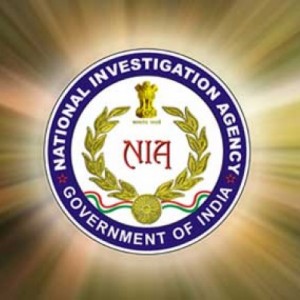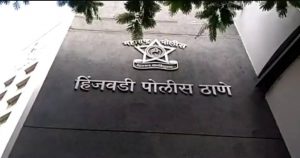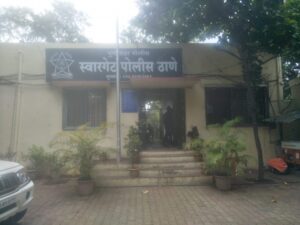Revised standards for Common Effluent Treatment Plants notified
The Ministry of Environment, Forest & Climate Change has notified the revised standards for Common Effluent Treatment Plants (CETPs) operating at various industrial clusters in the country. The primary aim of the revised standards is to minimise water pollution.
These standards were finalised after extensive consultations with industries and other stakeholders and detailed deliberations with the Central Pollution Control Board (CPCB).
The revised standards will help in significantly improving the performance of CETPs through implementation of design inlet quality, addressing the problems of coastal pollution due to industrial discharges and keeping a close watch on the impact of discharge of industrial effluent on soil and ground water quality.
A provision of soil and groundwater quality monitoring twice a year (pre- and post-monsoon) has been introduced in the standards to study the impact of disposal of treated effluent on land, in case of mode of disposal as ‘on land for irrigation’.
The mode of ‘Discharge into sea’ (marine outfalls) providing very high dilution will qualify for a relaxed maximum permissible concentration of Chemical Oxygen Demand (COD). The maximum permissible concentration of Fixed Dissolved Solids (FDS) by constituent units to CETP has been specified in terms of maximum allowable contribution value.
The State Pollution Control Boards are empowered to prescribe standards for Inlet quality of effluent in respect of Bio-chemical Oxygen Demand (BOD), Chemical Oxygen Demand (COD), Total Suspended Solids (TSS) and Total Dissolved Solids (TDS) considering CETP design and local needs & conditions.
Earlier, the draft standards had been uploaded on the website, seeking views/comments of stakeholders, experts and general public.







